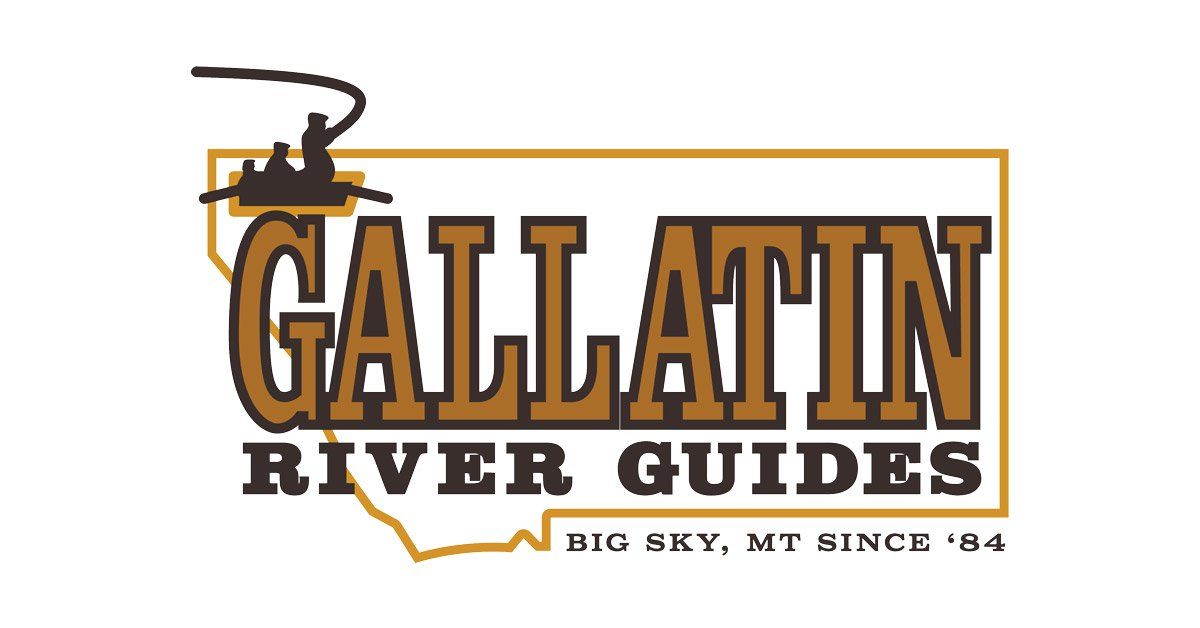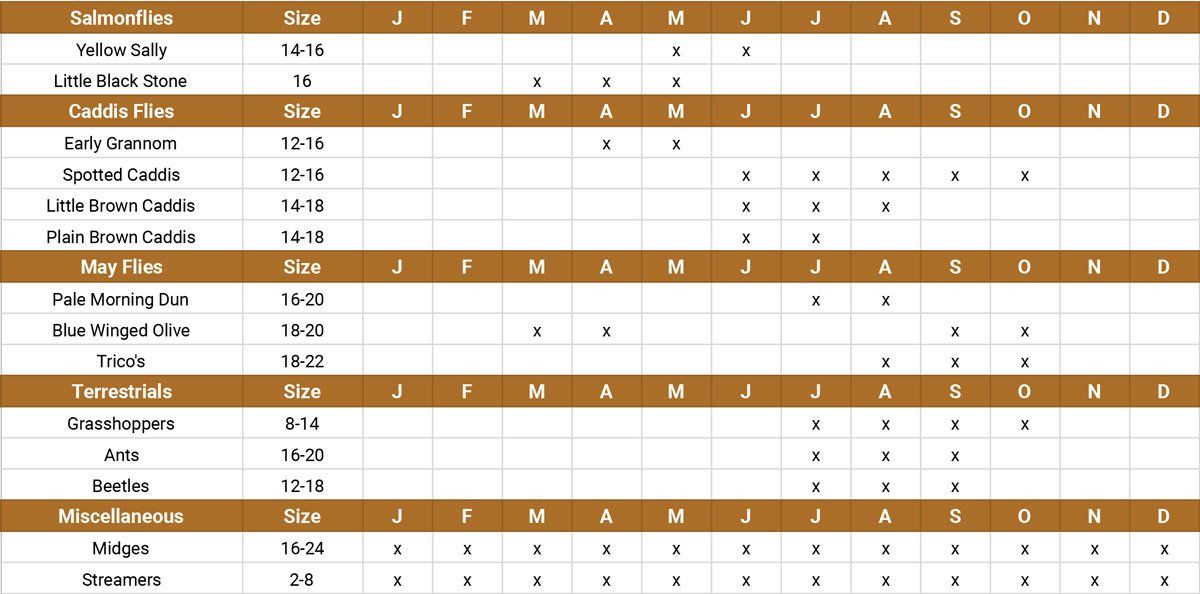The Best Place To Fly Fish In Montana: The MIssouri River
Fly Fishing On The Missouri River
The Best Fly FIshing Location For Large Trout In Montana
Favorite Stretch: Wolf Creek to Craig
Seasons: Year-round
Prime Hatches: Blue Winged Olives, caddis, tricos, terrestrials.
When fly anglers speak of the Missouri River in Montana they are referring to the 40-miles of water downstream of Holter Dam. These 40 miles offer some of the best fly fishing for large trout in Montana and even the world.
Adventurous anglers are encouraged to explore other areas of the Missouri River but few services exist for anglers on parts of the river other than the water below Holter.
Today the Missouri River may be the most consistent river in the northern Rocky Mountains. Anglers can always find rising trout any day of the year, without fail. During the angling season, which is the second-longest in Montana, dry fly enthusiasts will be able to get their hooks on large trout that rise to various hatches.
Want to experience the wonder of the Missouri River yourself?
SECTIONS OF THE MISSOURI RIVER
From the Headwaters to Canyon Ferry Reservoir
This section is really two parts: the water upstream of Toston Irrigation Dam and the water below Toston to Canyon Ferry Reservoir. These forty miles of river are not known for great fly fishing, but there are a few times during the course of the angling year when large trout will migrate from Canyon Ferry up to the irrigation diversion. Above the dam there are a few trout scattered here and there but few anglers bother with the slower moving, warm waters of the Missouri at its confluence. However, what all of these forty miles do have is some good to great fly fishing for carp.
Yes, the golden ghost. Many anglers are discovering the exciting carp fishing on the Missouri between the headwaters and Canyon Ferry. Especially in late summer when grasshoppers are in the surrounding wheat fields and then land in the river, the large populations of carp (some are ten pounds and bigger) feed like gangbusters. However this is not for the faint of heart because long casts, accurate presentations, and good fish-fighting technique are all critical. For any anglers who harbor disdain for carp, being humbled by these golden giants may coerce a change of opinion.
Carp aside, the river contains little else for fly anglers and once the Missouri is backed-up into Canyon Ferry Reservoir a serious of reservoirs limit the amount of water readily available to fly fishers. Because much of the fishing from Canyon Ferry downstream occurs on lakes, few fly fishers bother. However there are some adventurous locals fish for the reservoirs populations of rainbow and brown trout.
Once in Canyon Ferry the Missouri then flows into Hauser Lake, then into Holter Lake. A few miles of river separates these bodies of water and it is not until the Holter Dam, and the water river below it, does the Missouri become a fabulous fishery.
From Holter Dam To Cascade
These forty miles of river provide anglers with ample access and varied fishing opportunities. Holter Dam creates a consistent flow, which means consistent water temperatures of clarity for the bulk of the angling season. Under those circumstances the river is best characterized as a gigantic spring creek for nearly forty miles. Weed beds, long riffles, great banks, and underwater shelves and potholes provide ample habitat for the rivers thriving trout population, with numbers hovering between 3,500 to 5,500 fish per mile on a yearly basis. And many of these trout are over 16-inches.
The first ten or so miles of river from Holter Dam to around Craig have the highest concentrations of fish per mile than the river below Craig. Access is quite easy and the river is wide, nearly 100 yards wide in some places. However, flows are often around 4,000 CFS making wading very easy for this stretch of water. Plus with the wonderful cooperation of a few landowners access is easy, safe, and always appreciated. With that being said that can only continue to be the case as long as local and visiting anglers treat the property they are on with respect and care.
This upper section of the river sees the greatest concentration of hatches than the lower river on down to Cascade. In the heat of the summer this water will also run a little cooler and therefore have more active trout.
Once the river passed below Craig is begins to enter the "canyon section" and is outlined by high canyon walls, some towering as high as 800 feet above the river. These walls create a very scenic backdrop to the good fishing. Anglers will find fewer anglers down here but also less trout than above Craig.
The character of the water changes some in the canyon and more riffles and banks are present. Floating anglers will have few problems in this stretch. However first time anglers may find the water down here a little difficult to read compared to the water above Craig. For anglers desiring a little more solitude the water in the canyon is a nice option. However if you want to have more success "down here" it is always wise to consider hiring a local guide who lives and works on the river. And the Missouri has several great ones.
Once the river exits the canyon around Tower Rock (appropriately named by Lewis & Clark) it leaves the rugged landscape behind for wide-open high plains. From here to Cascade the river is broad, with only one rapid, Half-Breed Rapids (also named by Lewis & Clark), and generally slow moving. Few anglers venture this far from Craig but the ones who do may find the occasional big brown trout but will also find some wind and some days with few fish. Most anglers down here are fishing bait and run the river in motorboats.
From Cascade and down it becomes a warm-water fishery with carp and a few other species. Trout can be found in the faster riffles but access is only available from a boat with a motor, as the next access downstream of the town of Cascade is too long a float for a driftboat.
Tributary Streams & Rivers: The Jefferson River
Length: Confluence of Beaverhead, Ruby, and Big Hole Rivers.
Favorite Stretch: Kountz Bridge to Cardwell.
Seasons: Year-Round.
Prime Hatches: Streamers in the fall.
The Jefferson is the river that every Montana angler wishes were a better fishery. Formed by three of the state's best rivers, the "Jeff" never quite lives up to is potential. There are some very real reasons for this, mainly irrigation draw downs in the late summer that limit insect growth and trout habitat. Despite the deck already being stacked against the Jeff, anglers will find some brown trout in the lower reaches and some rainbows around Silver Star. The river is not known for any major hatches nor known as a great fishery for that matter. However anglers will to swap solitude for fishing action will find that on the Jeff. The scenery is beautiful as the Tobacco Root mountains are to the south and the river cuts through a tight canyon near Lewis & Clark Caverns State Park. Anglers fishing the Jefferson will certainly see deer, eagles, and other critters and, for even more adventurous anglers, wild asparagus grows in certain bank-side areas of the Jefferson.




